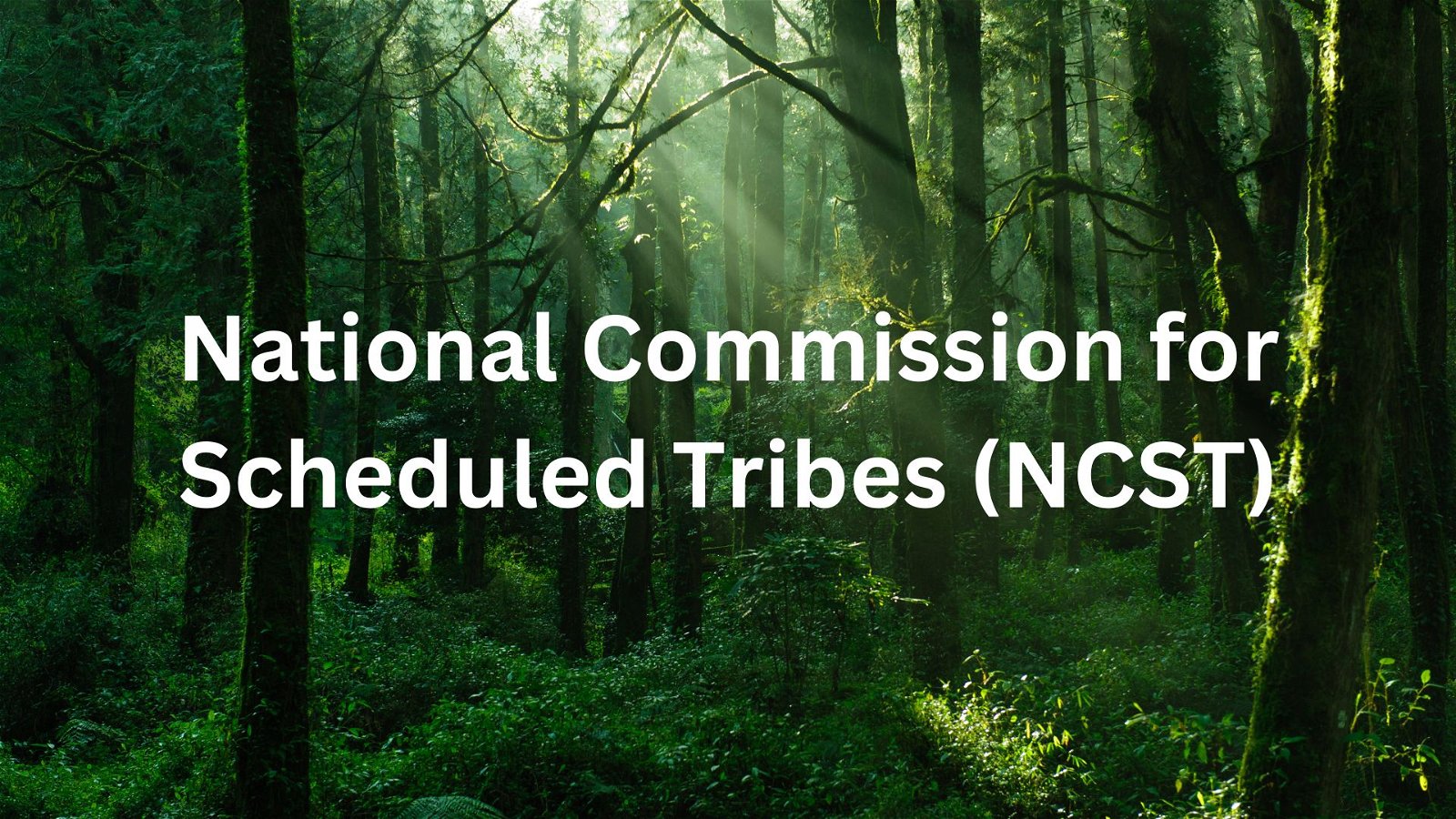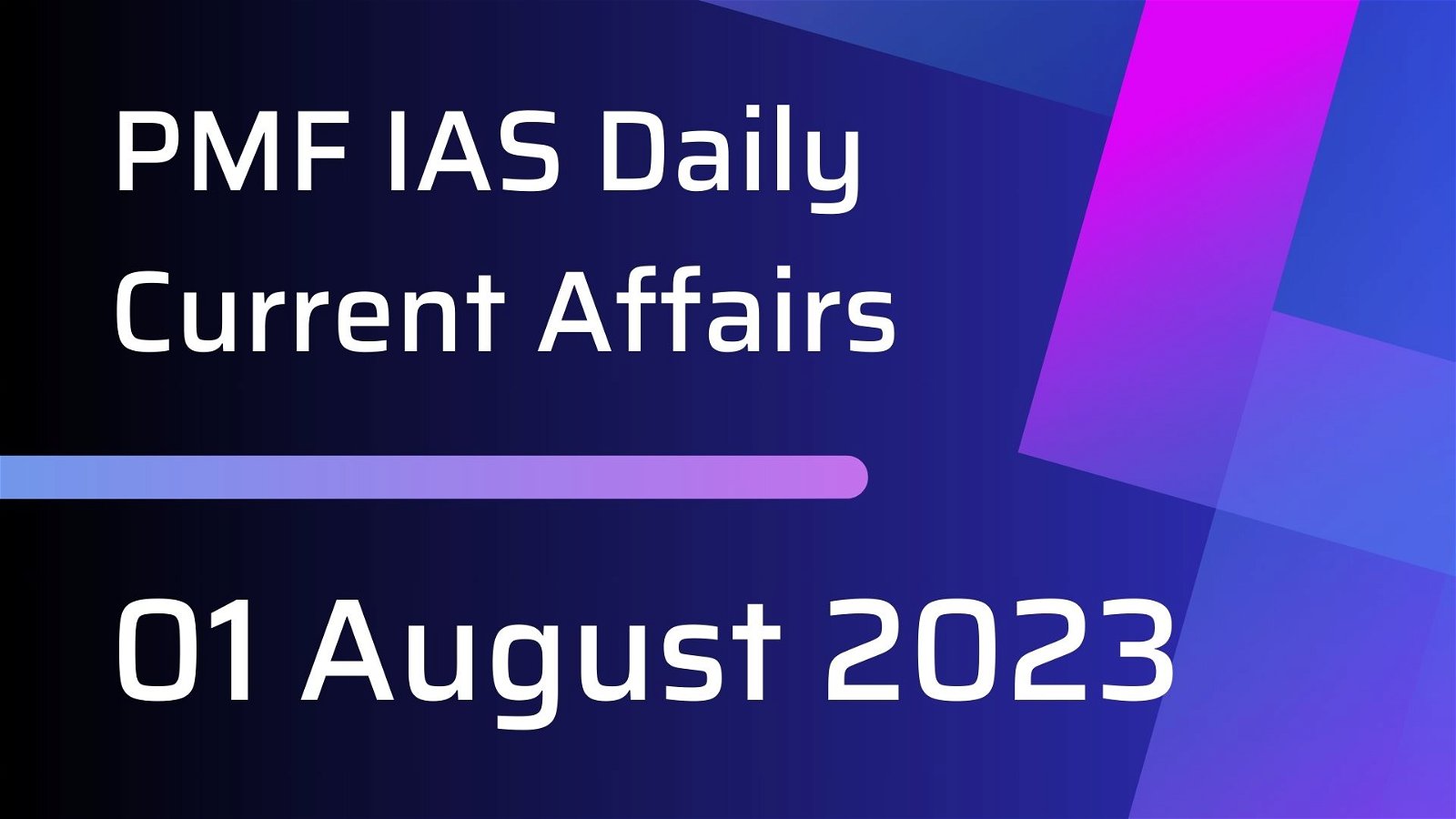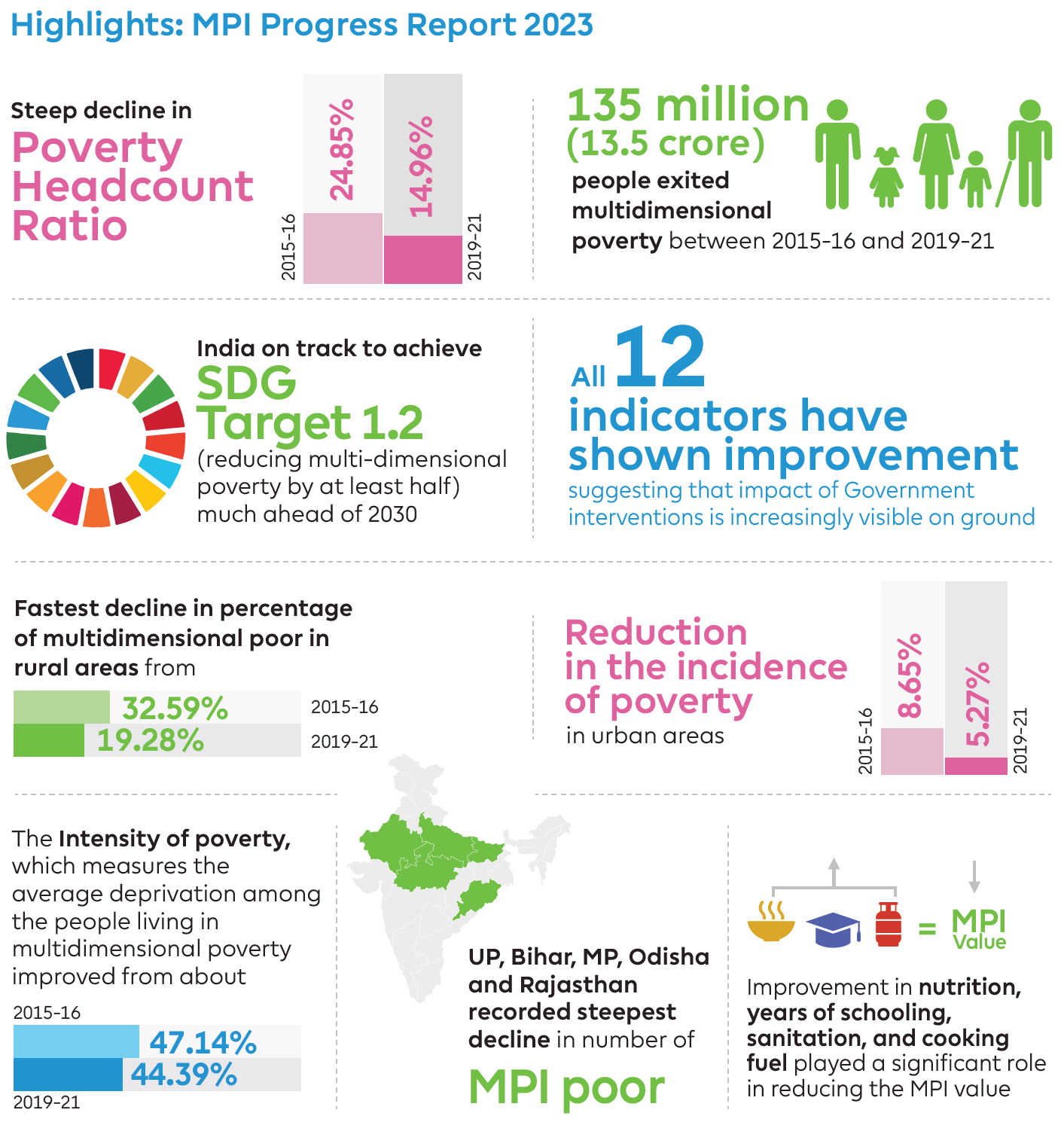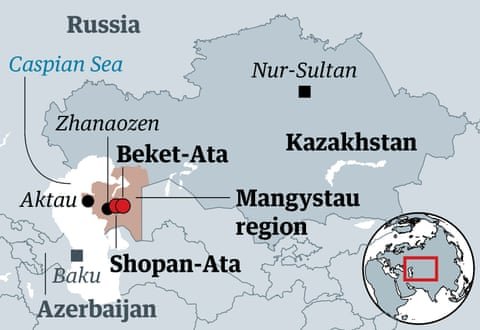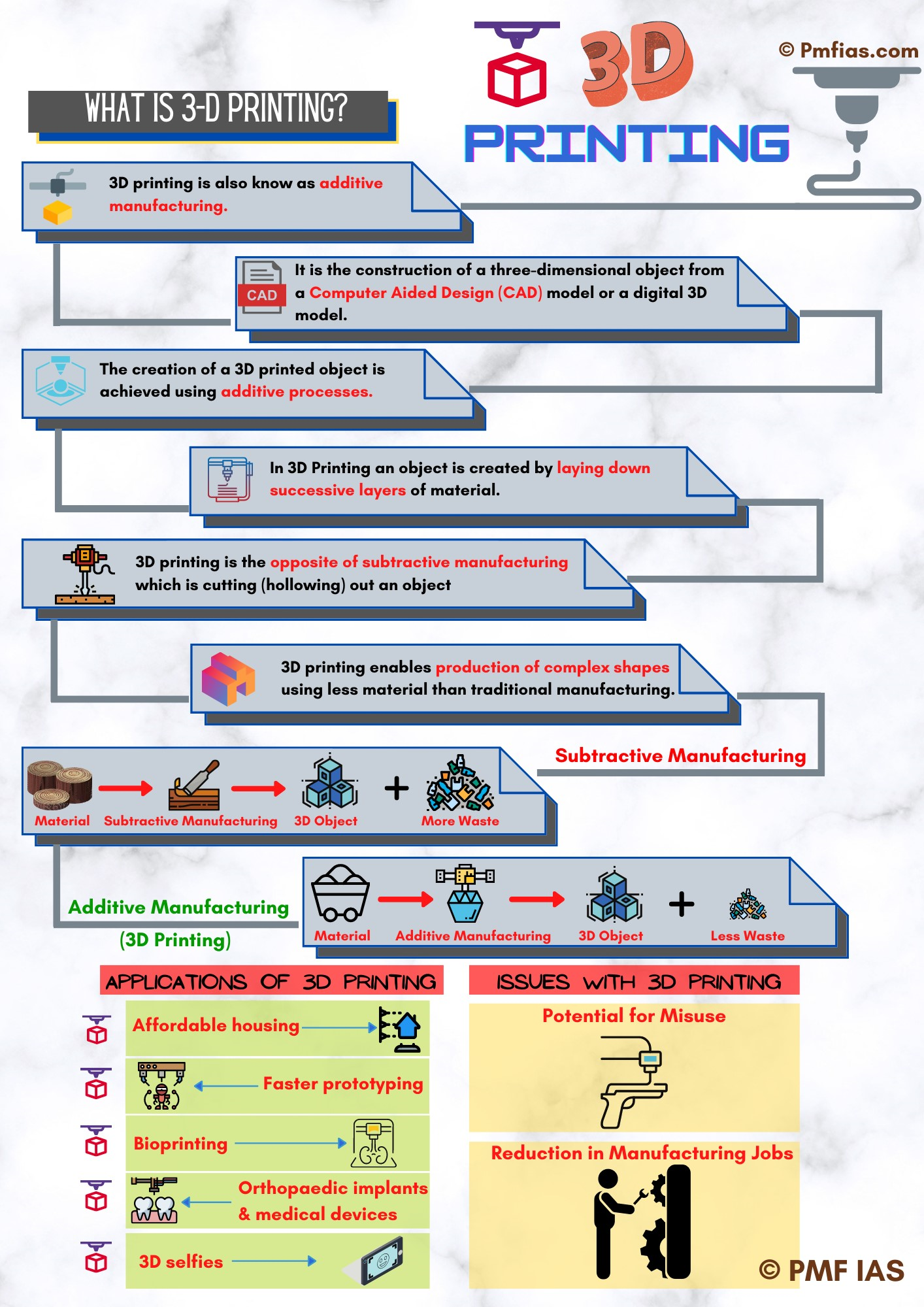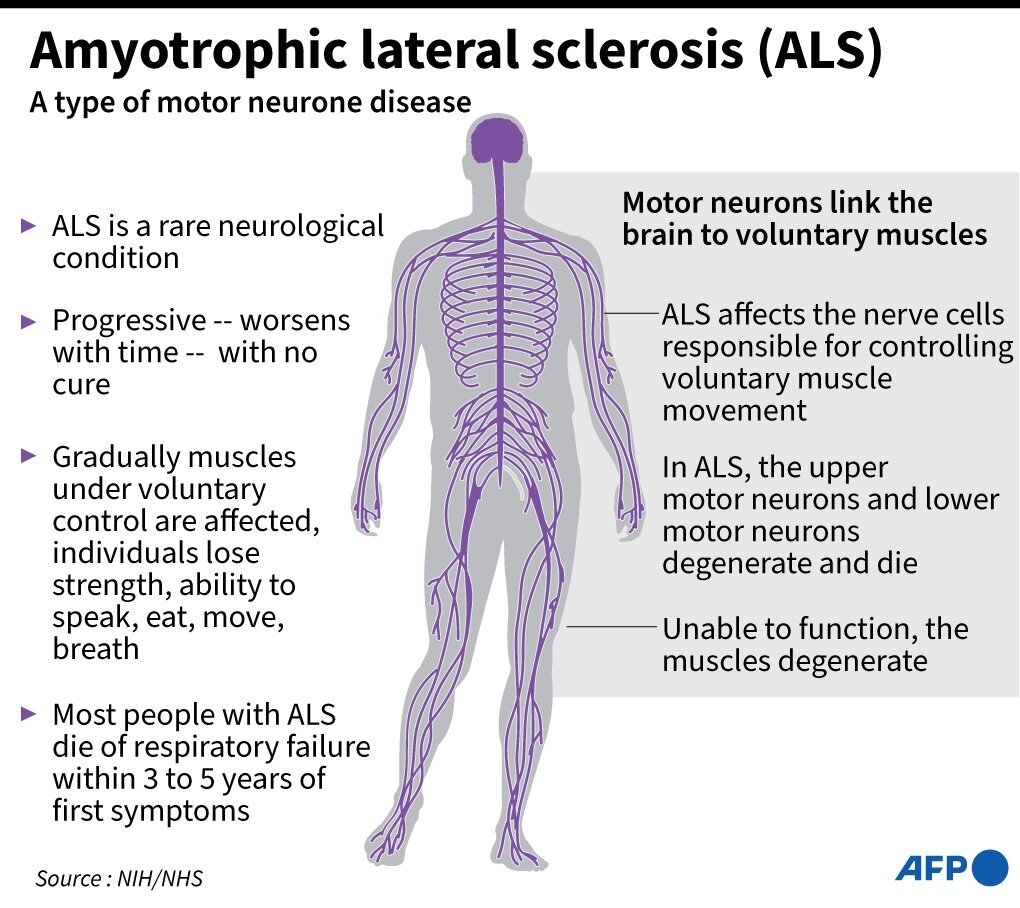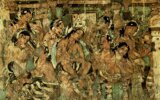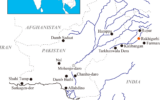
Current Affairs for UPSC Civil Services Exam – June 23-24, 2024
Subscribers of "Current Affairs" course can Download Daily Current Affairs in PDF/DOC
Subscribe to Never Miss an Important Update! Assured Discounts on New Products!
Must Join PMF IAS Telegram Channel & PMF IAS History Telegram Channel
{GS2 – IR – US-China} The Resolve Tibet Act
- Context (IE): The United States Congress passed the Resolve Tibet Act, aiming to counter Chinese disinformation and promote dialogue for the resolution of the Tibet-China dispute.
Resolve Tibet Act
- The Resolve Tibet Act is the third major piece of U.S. legislation on Tibet, succeeding the Tibetan Policy Act (TPA) of 2002 and the Tibetan Policy and Support Act (TPSA) of 2020.
- Unlike its predecessors, the Resolve Tibet Act explicitly challenges China’s historical claims over Tibet and emphasises Tibetan self-determination and human rights.
Key Provisions
- Countering Disinformation: The Act authorises the use of funds to counter Chinese disinformation about Tibet’s history, people, and institutions, including the Dalai Lama.
- Promotion of Dialogue: It urges China to engage in direct, meaningful dialogue with the Dalai Lama or his representatives and elected Tibetan leaders without preconditions, aiming for a settlement.
- Human Rights and Self-Determination: The Act underscores Tibetans’ right to self-determination and human rights and China’s obligations under international covenants.
- For example: International Covenant on Civil and Political Rights and the International Covenant on Economic, Social and Cultural Rights.
- Cultural Preservation: It seeks to recognise and address Tibetans’ unique socio-cultural identity, including their historical, cultural, religious, and linguistic distinctiveness.
- Geographical Definition: The Act amends the TPA to define the geographical areas comprising the Tibetan Autonomous Region clearly.
Differences from Previous Legislation
- Tibetan Policy Act (TPA) of 2002: The TPA was cautious, recognising China’s claim over Tibet and encouraging dialogue without challenging China’s territorial assertions.
- It maintained that the Dalai Lama sought greater autonomy rather than independence.
- Tibetan Policy and Support Act (TPSA) of 2020: The TPSA pushed for dialogue without preconditions, emphasised Tibetan self-determination and encouraged international support for negotiations.
- Resolve Tibet Act of 2024: Unlike the TPA and TPSA, this Act directly challenges China’s historical claims over Tibet, promoting unconditioned dialogue.
Implications for India
- Geopolitical Dynamics: The Act could influence India’s diplomatic relations with both China and the United States, necessitating a strategic balancing act.
- Support for Tibetan Refugees: India has a significant Tibetan refugee population, and the Act could affect international support and resources for these communities.
- Strategic Interests: India’s border security and regional stability could be impacted by the changing geopolitical landscape driven by this legislative measure.
{GS2 – IR – Bangladesh} India and Bangladesh relations **
- Context (IE): Both countries released a “futuristic vision” of the economy, trade, and strategic ties.
Key highlights
- Both pledged to start negotiations on a comprehensive economic partnership agreement (CEPA).
- Decided to launch a medical e-visa facility for Bangladesh citizens.
- Agreed to send a technical team to discuss Teesta River water-sharing.
- And announced the opening of an Assistant High Commission in Rangpur.
India-Bangladesh Relations
Economic relation
- Bangladesh is India’s biggest trade partner in South Asia and India is the second biggest trade partner of Bangladesh in Asia.
- India is Bangladesh’s largest export destination in Asia, with approximately $2 billion of Bangladeshi exports to India in FY 2022-23.
- In 2022, both nations concluded a joint feasibility study on a Comprehensive Economic Partnership Agreement (CEPA).
Strategic relation
- Participation in multilateral forums such as:
- SAARC (South Asian Association for Regional Cooperation),
- BIMSTEC (Bay of Bengal Multi-Sectoral Technical and Economic Cooperation),
- Indian Ocean Rim Association (IORA).
- Defence and Security:
- Joint Exercises: Army (Exercise Sampriti) and Navy (Exercise Bongo Sagar).
- Counterterrorism and Counter-Radicalisation initiatives
- Other Services:
- E-Medical Visa Facility: India introduced e-medical visas for Bangladesh citizens.
- 350 training slots for Bangladeshi police officers and the Muktijoddha Scheme for medical patients.
Challenges
- Sharing of river waters of Ganga and Brahmaputra.
- Indian Government is not happy with Bangladesh’s refusal to act on unlawful immigration to India.
- Bangladesh’s support to anti-Indian Islamic fundamentalist groups.
Way forward
- Enhanced Regional Stability: Cooperation on the Rohingya crisis and counterterrorism.
- Accelerating the India- Bangladesh friendship pipeline project.
- Balancing China’s regional influences
- Economic and Connectivity Enhancements: Initiatives in commerce, transportation, and medical visas to boost bilateral cooperation.
{GS3 – S&T – AI} Regulations and growth of AI in India **
- Context (TH): Experts say that Stringent regulations could hinder the growth of AI in India.
Artificial Intelligence (AI)
- AI is a branch of computer science that deals with the creation of intelligent machines that can perform tasks that normally require human intelligence, such as decision-making, problem-solving, learning, and communication.
- It’s an interdisciplinary field that incorporates knowledge from various areas of study, such as statistics, mathematics, information engineering, neuroscience, cybernetics, economics, and many others.
Initiatives in AI field by India
- Industry analysts predict that AI could add a whopping $957 billion to India’s economy by 2035.
- Government of India launched various initiatives and programs, like:
- National Digital Communications Policy.
- Digital Personal Data Protection Act.
- Global Partnership on Artificial Intelligence (GPAI)
- India’s National Strategy for Artificial Intelligence, also known as #AIForAll, aims to use AI to enhance the country’s progress in diverse fields.
- NITI Aayog released Principles for Responsible AI in 2021, which addresses the various ethical implications of AI solutions and provides guidelines for the adoption and implementation of AI in India.
Challenges
- Concerns have grown around deepfake technology, as it can produce highly realistic fake videos that may be misused to spread misinformation, create fake news, or generate false narratives.
- Concerns on privacy and security of data.
{GS3 – IE – Taxes} Removal of GST on Railway services
- Context: (TH): Goods and Services Tax (GST) Council approved measures to ease compliance for small businesses, exempted hostel accommodation worth up to ₹20,000 a month and railway services.
GST Council
- GST Council is a constitutional body established under Article 279A.
- It is responsible for making recommendations to the Union and State govts on issues related to GST.
- The Council consists of the Union Finance Minister (as Chairperson), the Union Minister of State for Finance, and the Finance Ministers of all the states and Union territories with legislatures
- Decisions in the GST Council are made by a majority of not less than three-fourths of the weighted votes of the members present and voting.
- The Central Government’s vote has a weightage of one-third, while the votes of all the State Governments combined have a weightage of two-thirds.
- The primary role of the GST Council is to make recommendations on:
- The taxes, cesses, and surcharges that may be subsumed under GST.
- The goods and services that may be subjected to or exempted from GST.
- Model GST laws, principles of levy, apportionment of IGST & principles governing the place of supply.
- The rates, including floor rates with bands of GST.
- Any special rate for a specified period to raise additional resources during a natural calamity/disaster.
- Special provisions with respect to the North-East States, J&K, Himachal Pradesh, and Uttarakhand.
Exemptions under GST
- Services Exempted Under GST:
- Healthcare Services: Services provided by clinics, hospitals, and nursing homes.
- Educational Services: Services provided by educational institutions up to higher secondary or equivalent and approved vocational education courses.
- Government Services: Services provided by the Central Government, State Government, or local authority except for some specific services such as speed post, life insurance, and services provided to business entities.
- Religious Services: Services by a person by way of conduct of any religious ceremony.
- Charitable Services: Services by an entity registered under Section 12AA of the Income-tax Act, 1961, by way of charitable activities.
- Agricultural Services: Services related to the cultivation of plants and rearing of animals.
- Public Transportation: Services of transportation of passengers by non-air-conditioned railways or metro, transport by road except for radio-taxi, motorcab, maxicab, and motorcycle.
- Financial Services: Services provided by banks such as savings bank accounts and loan services.
- Cultural and Sports Services: Services provided by recognised sports bodies, cultural activities, and admission to events organised by recognised bodies.
- Housing Services: Renting of residential dwelling for use as a residence.
- Goods Exempted Under GST:
- Agricultural Products: Fresh fruits, vegetables, milk, eggs, and meat (not frozen), grains, and pulses.
- Education Material: Books and printed material.
- Healthcare Products: Human blood and its derivatives, contraceptives.
- Basic Food Items: Fresh meat, fish, chicken, mutton, pork, cereals, bread, etc.
- Cultural and Religious Items: Items used in puja (worship) like idols, bangles, and khadi products.
- Unprocessed Food: Items like fresh fruits and vegetables, unbranded atta, maida, besan, and paneer.
- Animal Feed: Livestock feed, poultry feed, and fish feed.
- Other Essential Goods: Handloom products, stamps, judicial papers, newspapers.
- Recently, hostel accommodation worth up to ₹20,000 a month and railway services are also exempted.
{Prelims – Sci – Bio – Diseases} Rotavirus Vaccine
- Context (TH): The rotavirus vaccine is a critical component in the fight against rotavirus, a leading cause of severe diarrhoea among infants and young children.
Overview of Rotavirus
- Rotavirus is a highly contagious virus that causes gastroenteritis, which can lead to severe diarrhoea, vomiting, fever, and abdominal pain.
- Impact: It is a major cause of morbidity and mortality in children under five years of age, particularly in developing countries.
- Types of Vaccines:
- RotaTeq (RV5): Pentavalent vaccine containing five strains of live attenuated human-bovine reassortant rotaviruses.
- Rotarix (RV1): Monovalent vaccine that contains a single strain of live attenuated human rotavirus.
- Administration:
- Schedule: Typically given in two or three doses, starting at 6 weeks of age, with subsequent doses given at 4–10 week intervals. The complete schedule should be finished by 8 months of age.
- Oral Delivery: Administered orally, making it easier to deliver compared to injectable vaccines.
Implementation in India
- National Immunization Program: In 2016, India introduced the rotavirus vaccine into its Universal Immunization Programme (UIP) to reduce the burden of rotavirus-related morbidity and mortality.
- Coverage and Accessibility: Efforts are ongoing to increase vaccine coverage, particularly in rural and underserved areas.
{Prelims – In News} Balon protein
- Context (TH): A protein was discovered that allowed a bacterium, Psychrobacter urativorans, to abruptly shut down in unfavourable living conditions and ‘restart’ just as quickly when they improved.
- It plays a critical role in the dormancy and reactivation mechanisms of the bacterium.
- Unlike other proteins known to cause ribosome hibernation by covering them, Balon directly binds to the ribosomal active sites where amino acids are loaded, thereby halting protein production.
Significance
- Understanding bacterial survival in extreme environments like the Arctic permafrost.
- Understanding the behaviour of members of the Psychrobacter family that are known for spoiling refrigerated food due to their cold resilience.
{Prelims – In news} Encephalartos woodii
- Context (TH): Encephalartos woodie is one of the oldest seed-bearing plants on Earth, with a lineage dating back over 250 million years, predating even the dinosaurs.
- Also known as Wood’s Cycad, it is a rare cycad plant native to South Africa’s Ngoye Forest.
- However, all known specimens are male, making natural reproduction impossible and leading to its extinction in the wild. Reproduction now relies on asexual methods like cloning.
- It is critically endangered because there are no known female specimens.
- The plant’s survival is threatened by its ‘loneliness’.

Source: TH







![PMF IAS Environment for UPSC 2022-23 [paperback] PMF IAS [Nov 30, 2021]…](https://pmfias.b-cdn.net/wp-content/uploads/2024/04/pmfiasenvironmentforupsc2022-23paperbackpmfiasnov302021.jpg)

